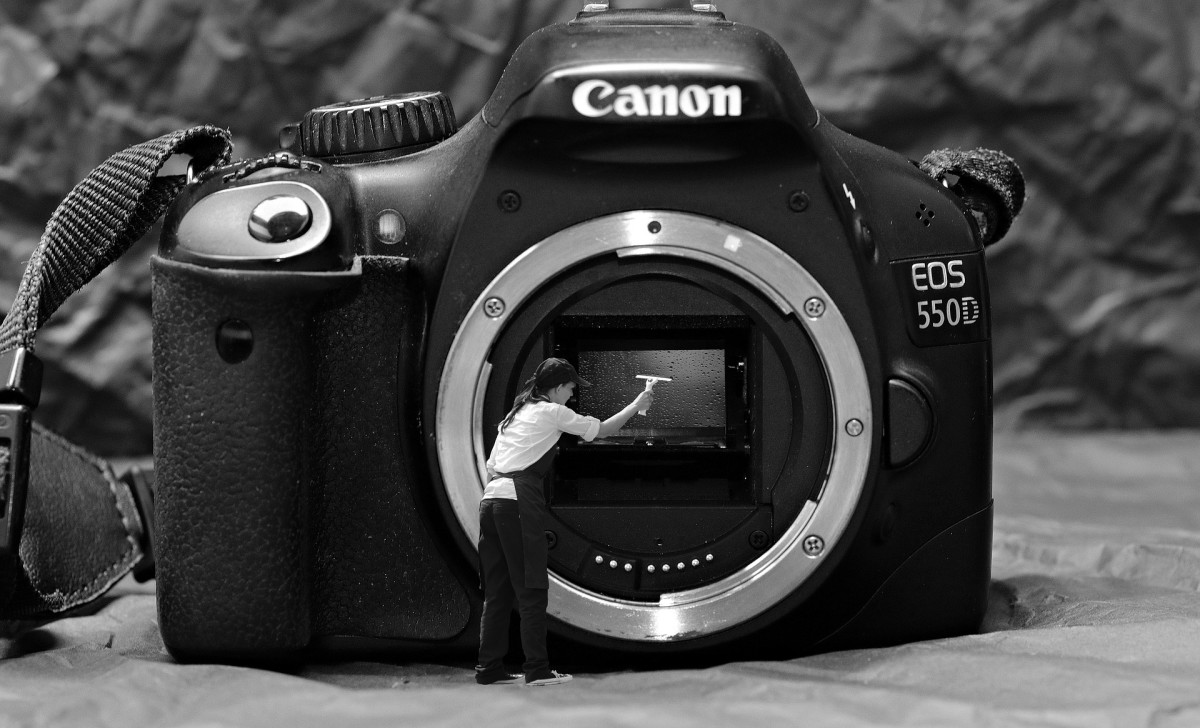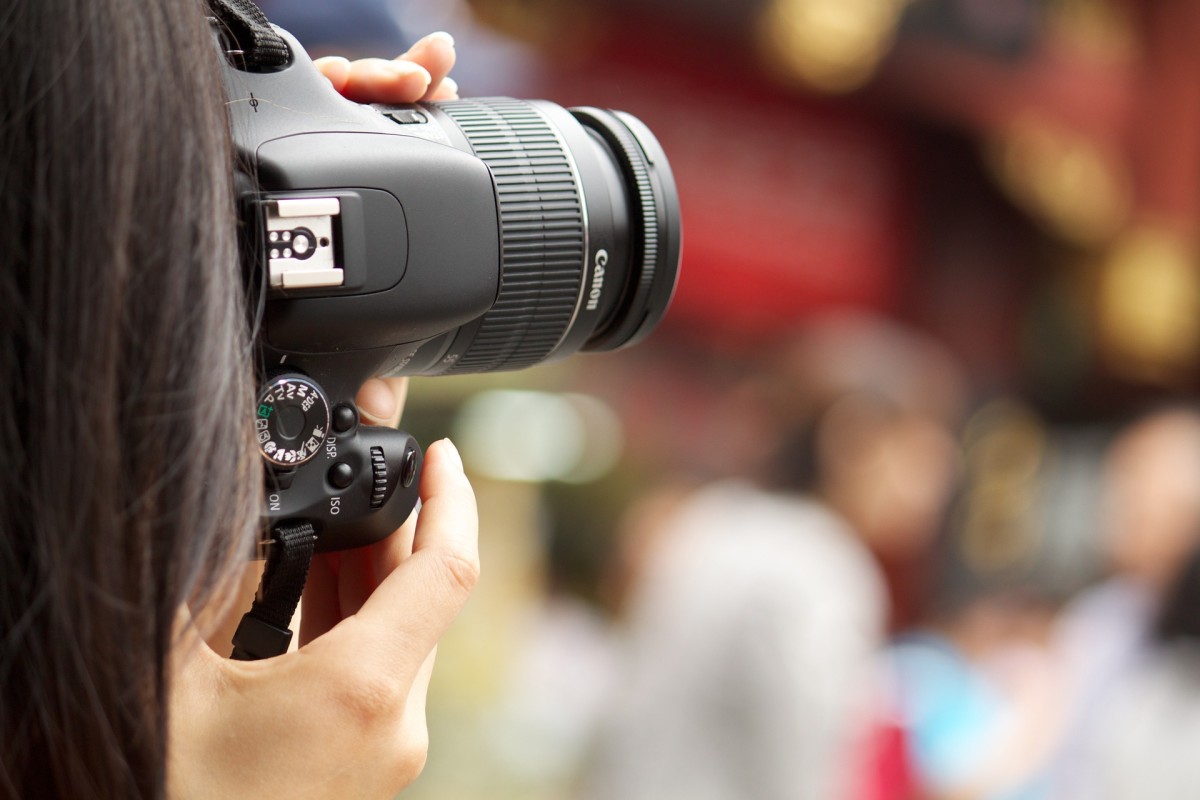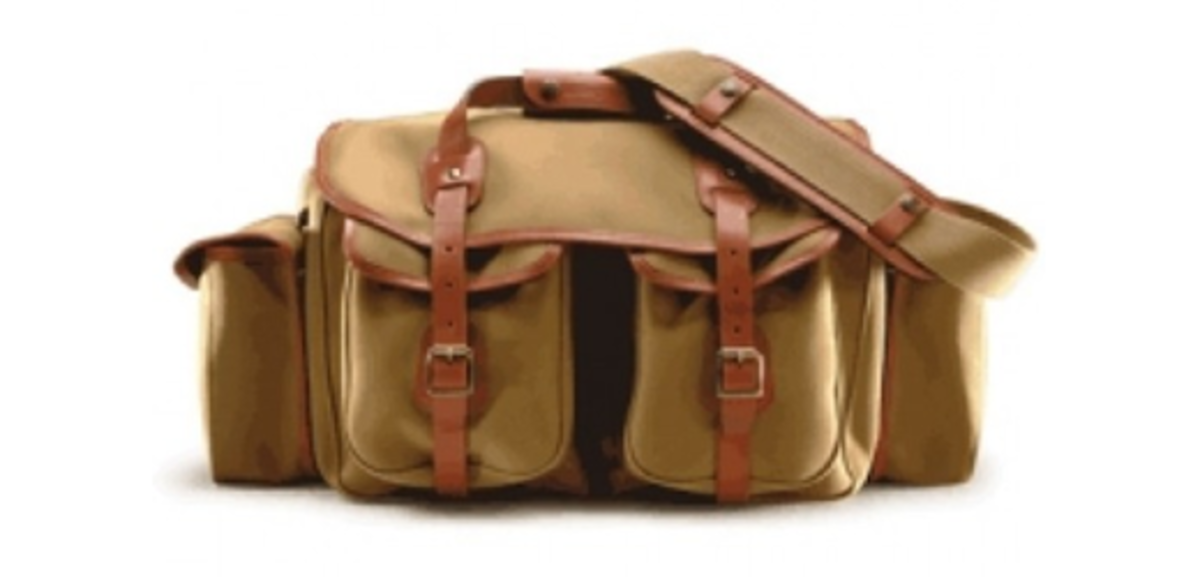- HubPages»
- Technology»
- Consumer Electronics & Personal Gadgets»
- Portable Electronics
Protecting and Cleaning Your Camera Lens
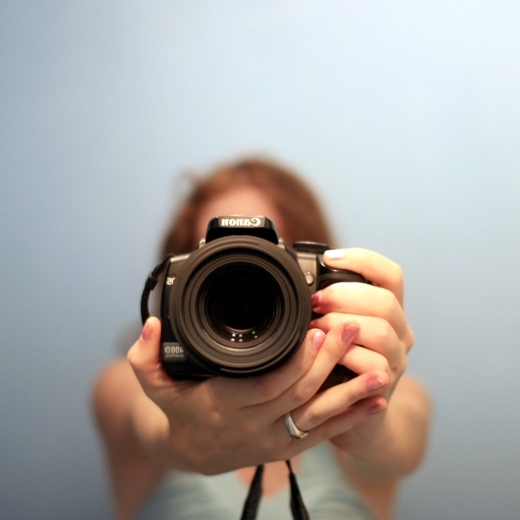
The Camera Lens
The lens on a digital camera is not only one of the most critical and expensive parts of your equipment it is also one of the most crucial in assuring the images you capture are sharp and clear. In order for it to perform well, it must be clean and scratch free. If debris cannot be removed or significant scratching occurs, it is often more economical to replace the entire camera rather than just the lens. To avoid having to do that you can learn about proper camera lens cleaning and overall care here.
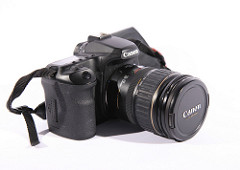
Protecting Your Camera Lens
As the saying goes, an ounce of prevention is worth a pound of cure. Avoiding damage and dirt reduces the need for drastic measures related to camera lens cleaning.
- Hands Off
The oily residue from your fingers can damage the optical coating on your camera lens and perhaps show up in the images you capture. - Use Proper Protection
Lens covers, camera bags, and even inexpensive filters can go a long way in protecting a camera lens from unwanted contact with objects that can harm them and from the accumulation of dust, moisture, and other dangerous elements. Many simple point and shoot cameras have automatic covers that need to be kept in working order as these compact devices are often tossed into purses, pockets, drawers and other areas without attention to the other objects lurking nearby. - An Inexpensive Shield
Many photographers recommend attaching an inexpensive UV filter that will help shield the lens from UV rays and take the brunt of any contact by foreign matter and sharp objects. - Avoid Environmental Hazards
Moisture is dangerous; potentially it can fog the lens or even cause warping in the housing.
High temperatures can breakdown lubricants in the lens barrel and moving from temperature extremes can create condensation. For these reasons, leaving a camera in the car can be hazardous.
Windy environments and beaches can also kick up a large number of particles which can find their way into nooks and crannies. Keeping the camera covered and shaded are minimum precautions. - Keeping a Grip on it
Camera bags are good for assuring you don't drop and damage your camera and it's lens when you are transporting it. When you are cleaning it, it's best to have the camera (or the lens) resting on a clean, flat surface so that it doesn't get dropped and damaged during the cleaning process.
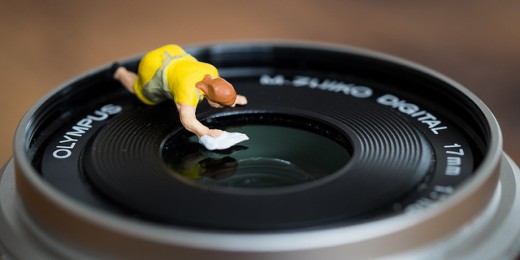
Camera Lens Cleaning Hints
Camera lens cleaning should be performed only when visible deposits are noticed. Despite your best efforts, dirt and smudges will occur over time. Proper cleaning techniques are important in order to avoid damaging the lens during the cleaning process.
- Blower Brushes
Dust and other particles are best removed from the lens without making contact as there is always the risk of scratching the lens. A blower brush or ear syringe can be used. In general, canned air is not recommended, there are chemicals involved that you don't want to have in contact with your camera and the sheer force of these can blow dust into various nooks and crannies where you don't want it. - Soft Bristle Brushes
Soft brushes are also a good possibility for camera lens cleaning but it's important that the brush be clean and care taken to avoid scratching the lens surface. - Cloth and Cleaners
Fingerprints and smudges can often be tackled with a microfiber cloth and perhaps a lens cleaning fluid. Making contact with the lens should happen only after you have brushed or blown off any visible debris.
No solution should ever be applied directly to the lens; instead, it should be applied to the cleaning cloth first. Only approved camera lens cleaners should be used. Any abrasive cleaner should be suspect as they can remove the optical coating of the lens. - Take Care When Wiping
Even when using an appropriate cloth, it's wise to blow the lens off first and to then wipe in a circular motion working from the center outward. - Lens Pens
Lens pens are also a popular camera lens cleaning tool as they're easy to tote along and are quite effective in removing both dust and smudges.
How To Clean a Camera Lens - Demonstration
© 2008 Ruth Coffee

